5. Bound for Glory (1976)
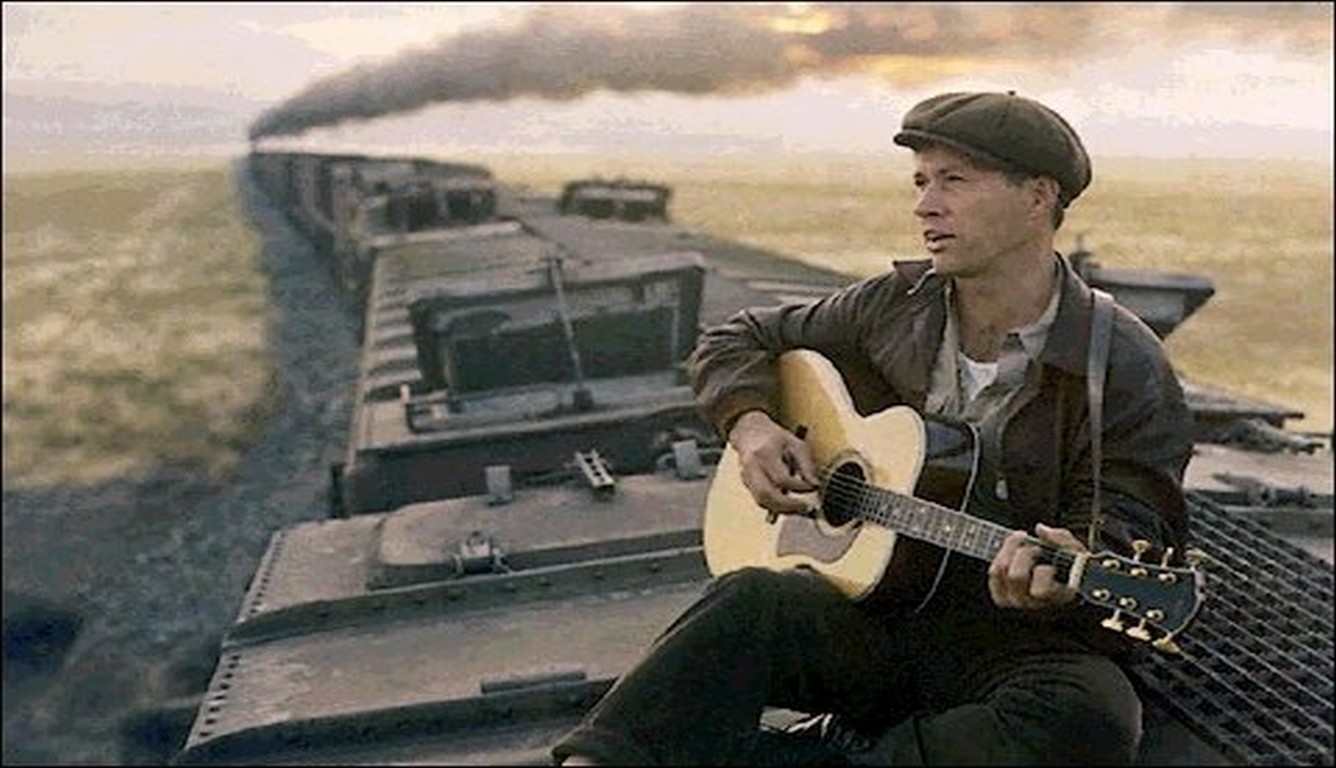
Intimate on a narrative level and epic in visual scope, the 1976 film Bound for Glory is a supreme piece of American filmmaking, centering on one of the country’s most despairing time periods, filled with all of the small but vital humanistic touches that defined the work of Ashby. David Carradine delivered nothing less than a tour de force performance as folk singer Woody Guthrie, who traveled the country looking for fortune and fame during the Great Depression.
With a colorful supporting cast including Ronny Cox, Melinda Dillon, Gail Strickland, Randy Quaid, and John Lehne, there’s never a dull moment, even if the film moves at a purposefully languid clip. But because Ashby took his time with this story, you get all the more invested in Guthrie’s plight and his desire to get a leg up in the world; the sequence where he gets to show his family their new house is nothing short of misty-eyed touching without veering into the overly sentimental.
This was the first movie to employ the use of the Steadicam, with inventor Garrett Brown handling the operation, and the legendary Haskell Wexler calling the shots as cinematographer (he’d win the Oscar for his bronzed and beautiful work on this film).
Bound for Glory also features a few bar fights and train brawls that are some of the best staged sequences of cinematic beat-downs ever captured. There’s also a fascinating hobo component to the movie, with a majority of the picture highlighting the hardscrabble life of desperate men living in one of the most desperate of times in America; while beautiful looking, there’s an emotional harshness that permeates most of the scenes.
Bound for Glory would be nominated for Best Picture, Best Adapted Screenplay, Best Costume Design, and Best Editing, but would only take the statues for Wexler’s groundbreaking photography and an Oscar for Best Original Score. Time may have forgotten about Bound for Glory, but viewers shouldn’t, as it makes for an excellent companion piece to The Grapes of Wrath.
4. Harold and Maude (1971)
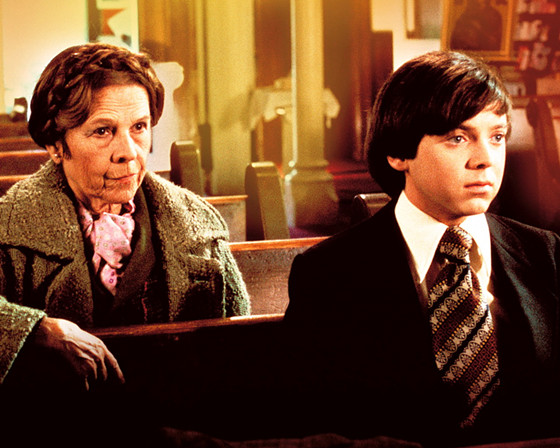
The effect that Ashby’s Harold and Maude had over an entire generation of filmmakers is very much apparent, as this feels like a precursor to every Wes Anderson movie ever made, and even has some of the same scrappy qualities to the works of David O. Russell, most notably Flirting with Disaster and Silver Linings Playbook.
Bud Cort was extremely funny in a morose fashion as Harold, and Ruth Gordon was many things as Maude – hysterical, odd, kooky, heartfelt, and finally, totally unique. Their relationship is one built out of loneliness and desperation, and while some stuff happens that might seem over the top, it’s easy to understand the notion that these two people were just waiting to find each other, so that their lives could finally achieve that spark and purpose they were looking for.
This is a black comedy with a strange sense of humor that clearly paved the way for so much to come. Back during its initial release, critics seemed to have been mixed and audiences stayed away, but the film has developed such a rabid cut following in the years since that it almost seems comical in retrospect.
The soundtrack by Cat Stevens keeps things upbeat and sunny even when the narrative goes to some extra sad and dark places, and the screenplay by Colin Higgins deftly balanced all elements, with no small amount of help coming from Ashby’s smooth and smart direction. He was a filmmaker who always had a natural feel for his actors and a clear sense of place for his productions.
John Alonzo’s cinematography was unfussy and patient with its compositions, and it’s a further reminder of how this great cameraman from a lost era was capable of working in any genre (other credits include Scarface, Chinatown, The Bad News Bears, Blue Thunder, and Star Trek: Generations).
There’s also some terrific stunt driving which contributes to the humorous tone, with jokes coming in the most surprising of places, told visually in many instances, which keeps the film moving along with a sense of the unpredictable all the way until the perfect ending. The film is available on Blu-ray from the Criterion Collection. There is also a book called Hal Ashby and the Making of Harold and Maude which explores the behind-the-scene stories of the movie.
3. The Last Detail (1973)
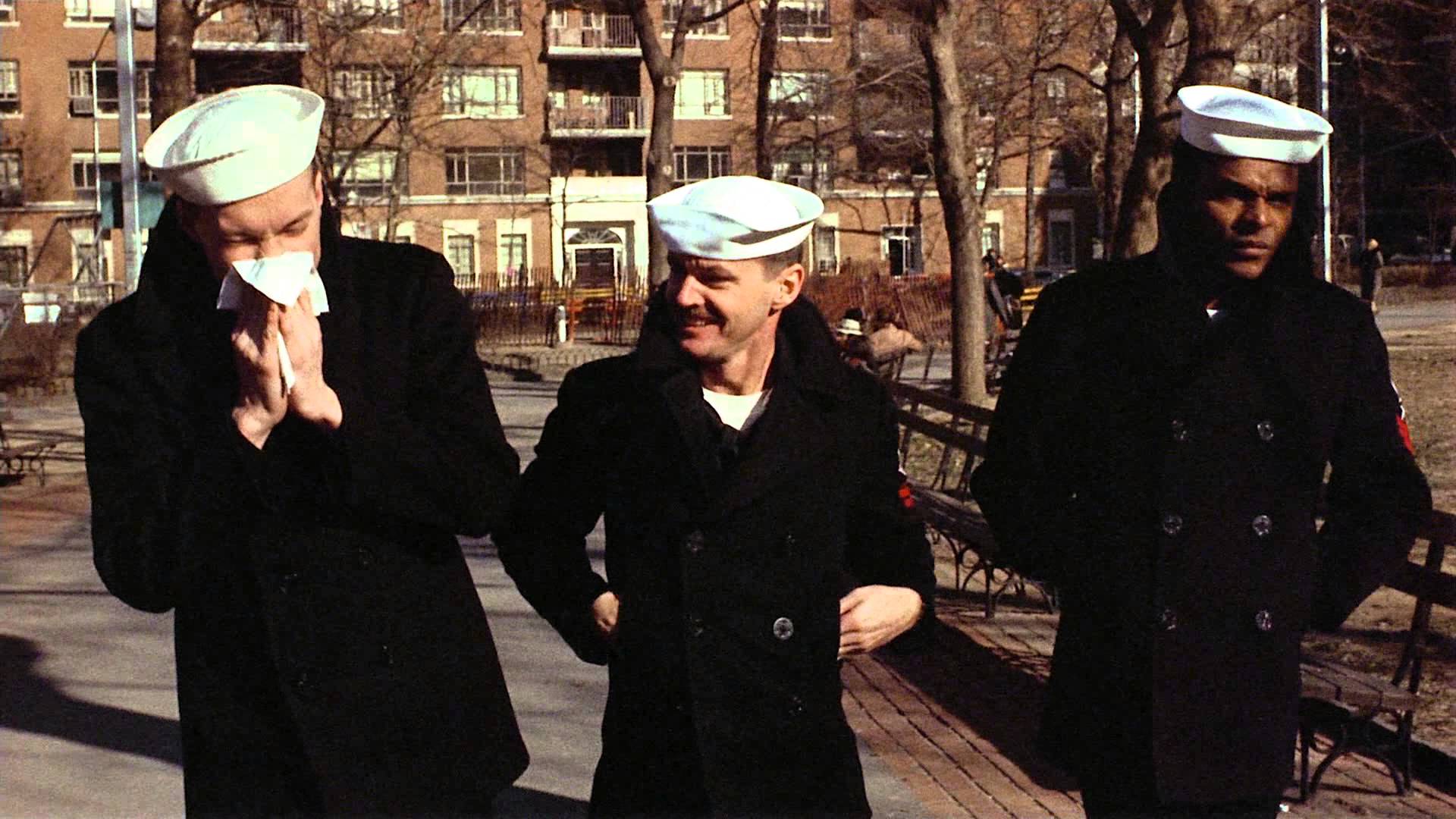
Released in 1973 and featuring an absolutely fantastic screenplay by Robert Towne, The Last Detail found Ashby doing some of his best mixing of comedy and drama, with results that are piercing and at times brutal.
Starring Jack Nicholson and Otis Young as two sailors who are tasked with escorting one of their own (Randy Quaid, fantastic) to a military prison in New England, The Last Detail is one of those amazingly observed character studies that’s wholly interested in human behavior and how the bonds of friendship are tested in ways that the characters could never expect.
The three men have all sorts of adventures along the way to their destination, and the final act involves some decisions that are as smart as they are sad, because you full believe in the story and the people who populate it.
Towne adapted the screenplay from the 1970 novel written by Darryl Ponicsan, which would became famous for a copious amount of “F-bombs,” and which would solidify Towne’s status as one of the premiere screenwriters of his generation.
Shot in muted tones with a naturalistic sensibility by the great cinematographer Michael Chapman, the film has a terrific sense of time and place, with Ashby’s understanding of tone and pacing in full effect.
Nominated for three Academy Awards (Nicholson, Quaid, and Towne), the film would become a critical and commercial success, and would also find Nicholson winning Best Actor at The Cannes Film Festival.
2. Coming Home (1978)
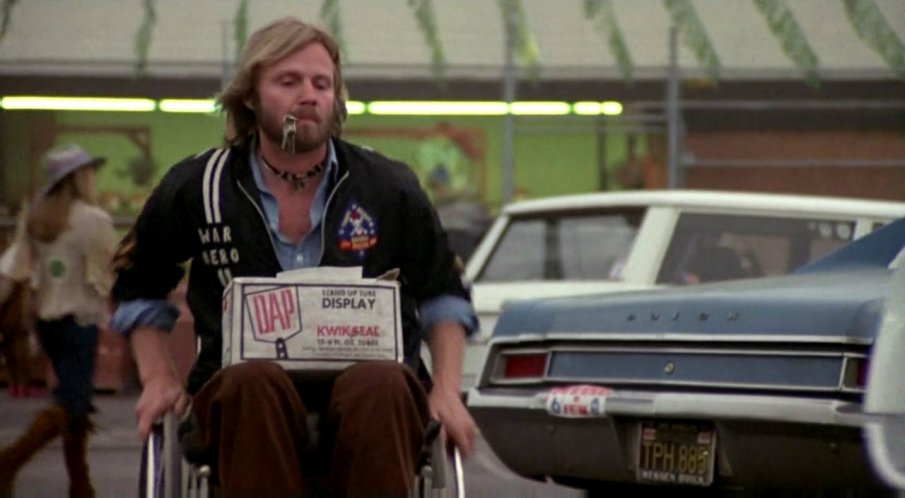
Coming Home is one of the most shattering Vietnam films ever crafted, concentrating not on battlefield heroics or action, but on the emotional and psychological turmoil that veterans would face upon their return home.
Starring Jon Voight, Jane Fonda, and Bruce Dern in three of their greatest performances, this is a searing drama, something that’s impossible to forget once it’s been seen, further cementing Ashby’s confidence as a storyteller who was interested in human behavior and the consequences of our actions.
This is a heartbreaking film, showing three extremely vulnerable characters reaching their tipping points as humans, and because the screenplay by Waldo Salt and Robert C. Jones was so honest and sensitive, the actors were able to really invest themselves in their roles, thus painting a forceful portrait of lives constantly in flux.
Voight plays a paralyzed veteran who is helped by a volunteer therapist (Fonda), and Dern is Fonda’s battle-scarred husband who returns home with too many inner demons and no way of receiving the help that he needs.
The soundtrack, as per usual for Ashby, is an incredible and evocative mix of now-greatest hits that date the film, not in a bad way, but in an organic fashion, thrusting the audience into the politically charged environment of the story, while the filmmaker never loses sight of the intimate story details and the awkwardly beautiful relationship that Voight and Fonda embark upon.
The final act of this movie is startling and scary and almost overwhelming in its intensity. Shot for $3 million and grossing over $30 million in the United States, the film struck a chord with audiences, and would go on to snag Oscars for Best Actor (Voight), Best Actress (Fonda), and Best Original Screenplay (Salt, Jones, and original story creator Nancy Dowd). Voight also won Best Actor at The Cannes Film Festival.
1. Being There (1979)
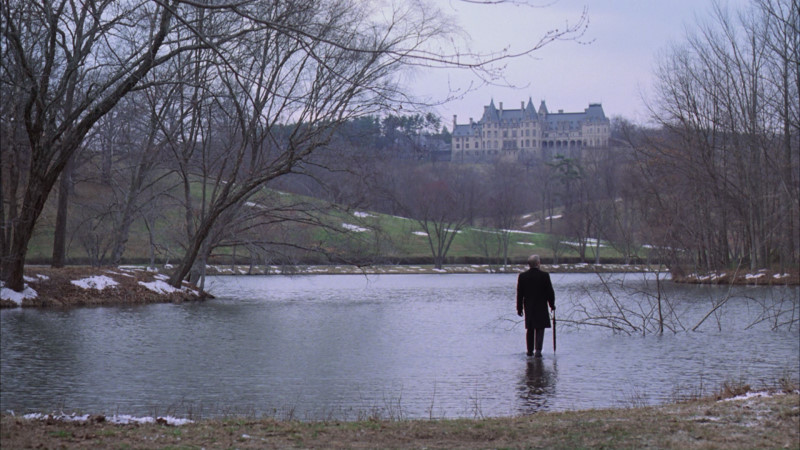
Being There is a masterpiece. Every single scene in this film is a gem. This is an endlessly funny, heartfelt, and genuine piece of work, a film that dips into the spiritual towards the end without ever being preachy or overly sentimental.
The final shot and final spoken line of dialogue are note-perfect. Peter Sellers was extraordinary as Chance and everyone around him provided wonderful supporting work, especially Shirley MacLaine and Melvyn Douglas, with Ruth Attaway absolutely destroying her two big scenes.
Caleb Deschanel’s fantastic and darkly lit cinematography stressed wide master shots as opposed to an overabundance of close-ups, and as a result, one is left with a sense of the grand (especially when inside that obscenely large mansion) while Jerzy Kosiniski’s wise and graceful the screenplay stressed the intimate.
As usual for an Ashby film, the tone was a perfectly calibrated mixture of quirky, dark comedy and straight forward drama, with Kosinski smartly adapting his own novel with uncredited assistance from Robert C. Jones. The writers provided all of the characters with exceptional individual scenes so as a result everyone feels full bodied in this film richly detailed piece of work.
Being There is so sensitively observed at almost every turn, and it’s easy to see why it has inspired so many other films that have come after it, chiefly, Forrest Gump, as the naiveté on the part of Sellers’ character seemed to be some sort of direct inspiration.
There are so many fantastic bits in this film: Sellers leaving his house for the first time to the jazzy tune of Eumir Deodato’s remix of Also sprach Zarathustra and having any number of interesting encounters; the dryly hilarious meeting Sellers has with Jack Warden (portraying a flummoxed President of the United States); the entire subplot of various government agencies and media members trying to find background info on Sellers; MacLaine having a go with herself on that bearskin rug with Sellers passively watching TV in the background.
Every scene felt true and honest, even with the overall plot straining credibility at times. But that doesn’t matter, as the heart and soul of this movie is what makes it special.
Author Bio: After spending close to a decade working in Hollywood for the likes of Jerry Bruckheimer, Tony and Ridley Scott, and Gary Ross, Nick Clement has taken his passion for film and transitioned into a blogger and amateur reviewer. Some of his favorite filmmakers include Michael Mann, Martin Scorsese, Tony Scott, Steven Soderbergh, Werner Herzog, Terrence Malick, and Billy Wilder, while favorite films include The Tree of Life, Goodfellas, Heat, Back to the Future, Fitzcarraldo, Schizopolis, The Counselor, and Enter the Void. His latest venture, Podcasting Them Softly, finds him tackling new ground as an entertainment guru, with a focus on filmmaker interviews and written analysis.